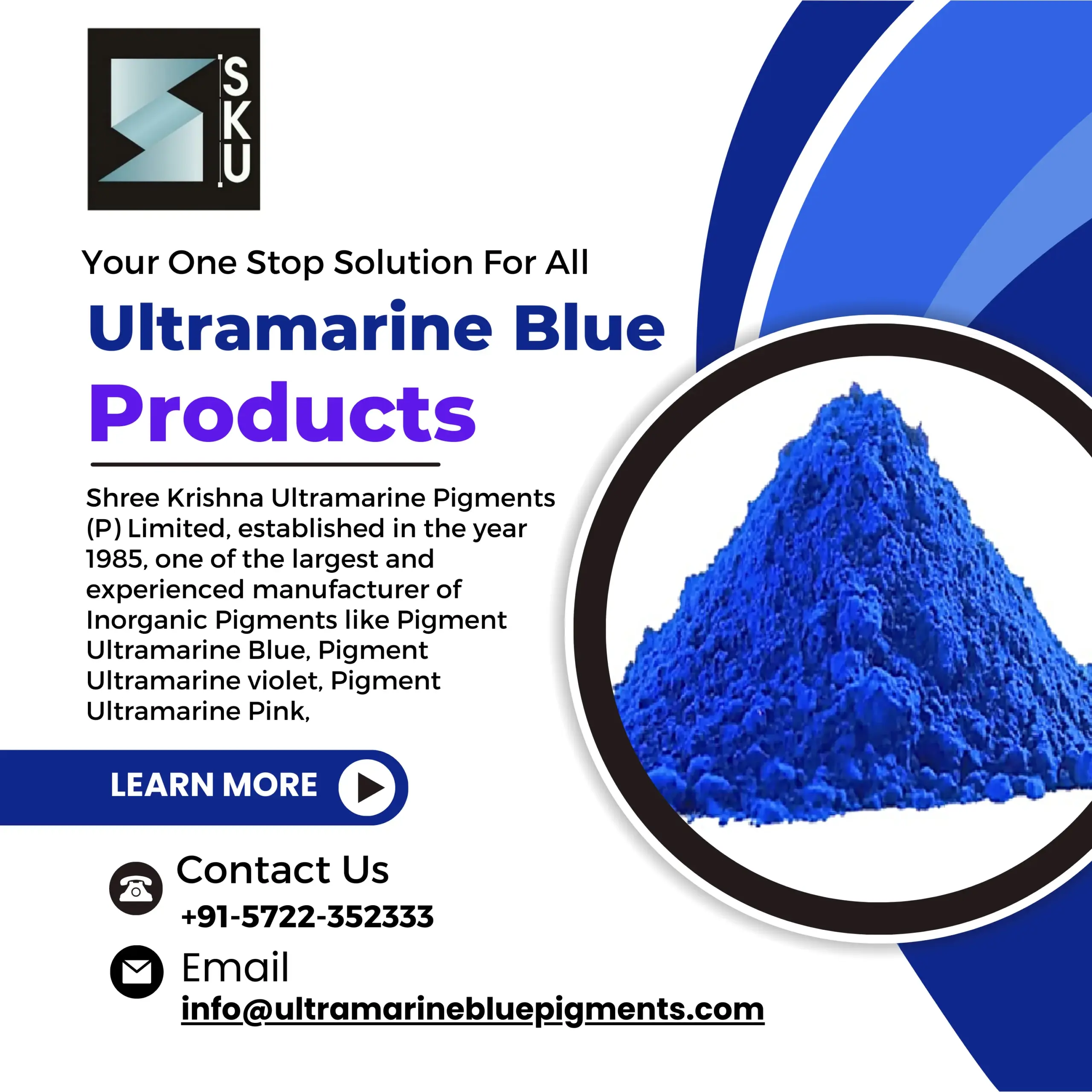Ultramarine Blue Pigments
Ultramarine Blue Pigment For Textiles
Our Products • Ultramarine Blue Pigments
Ultramarine Blue Pigment For Ink
Our Products • Ultramarine Blue Pigments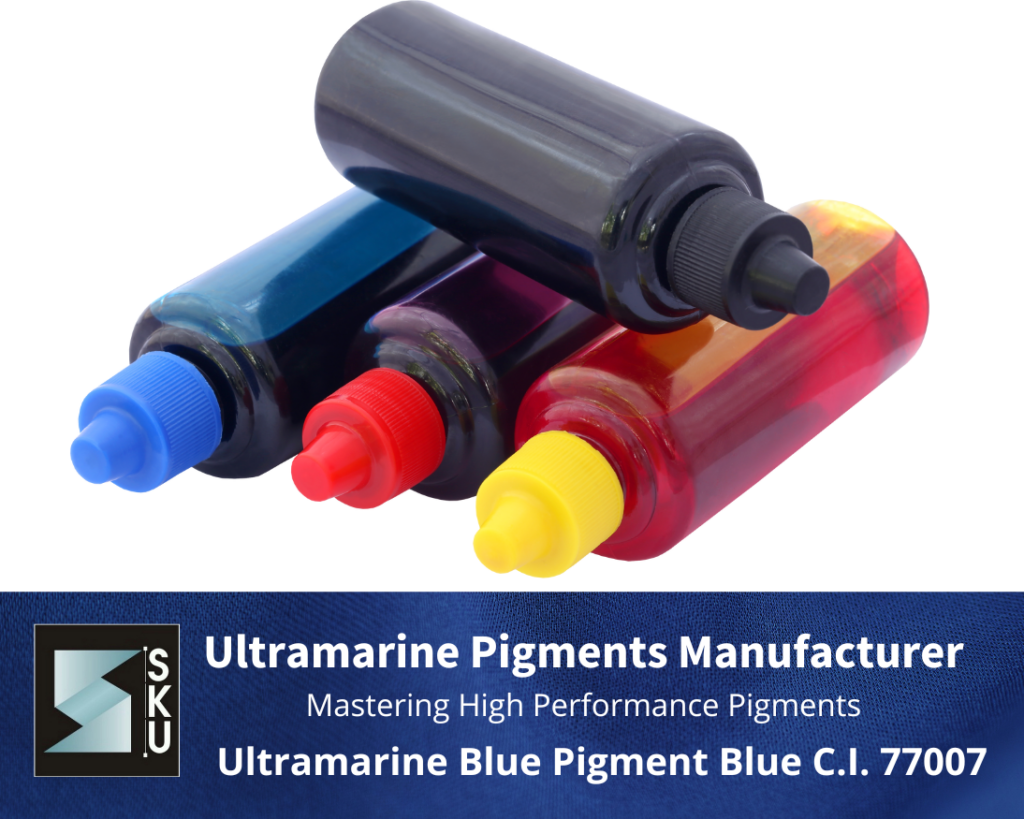
Ultramarine Blue Pigment For Paint
Our Products • Ultramarine Blue Pigments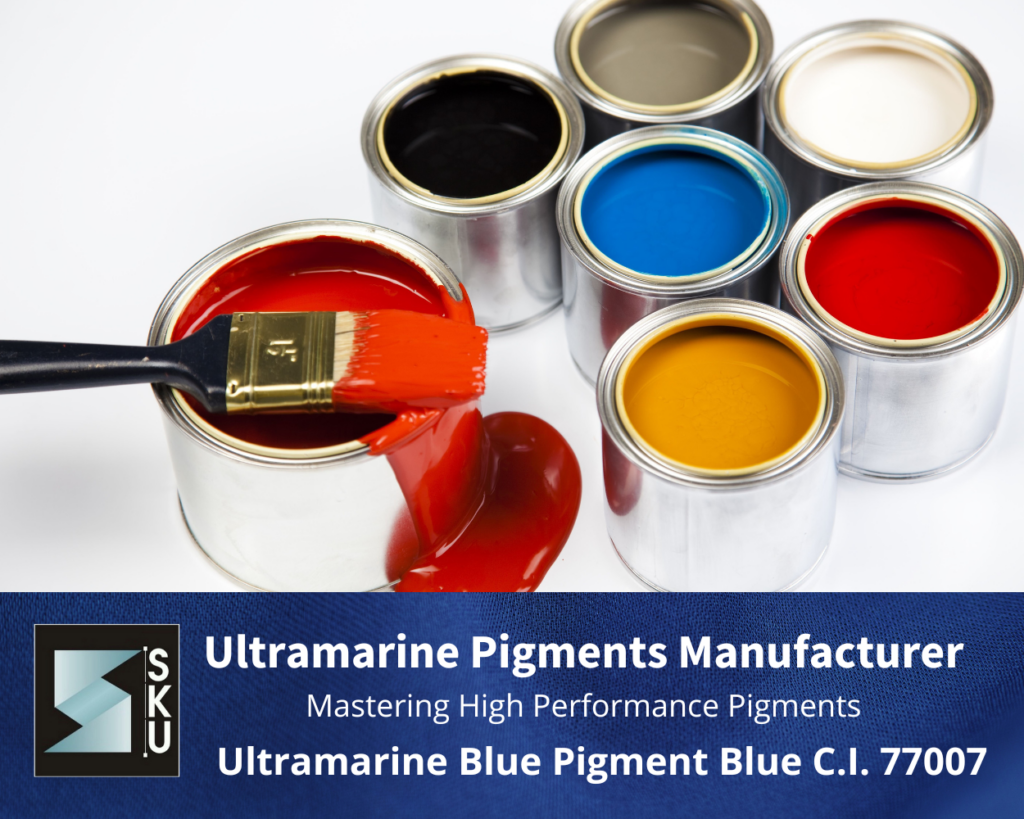
Ultramarine Blue Pigment For Masterbatch
Our Products • Ultramarine Blue Pigments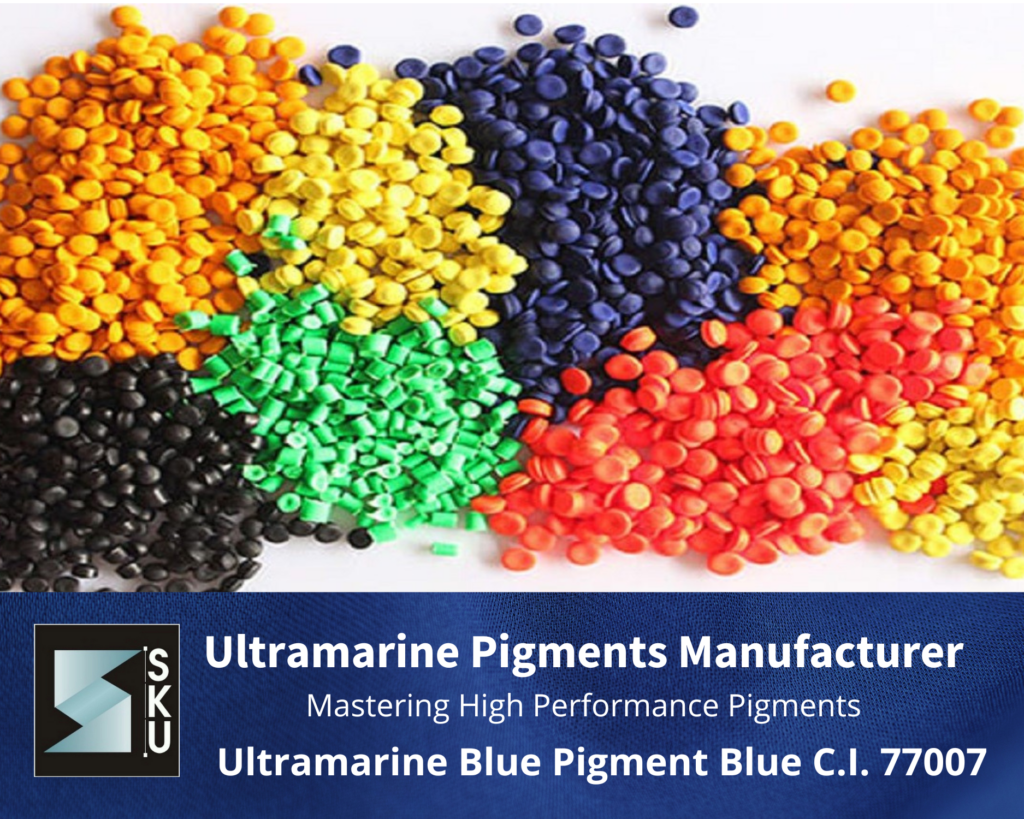
Ultramarine Blue Pigment for Plastics
Our Products • Ultramarine Blue Pigments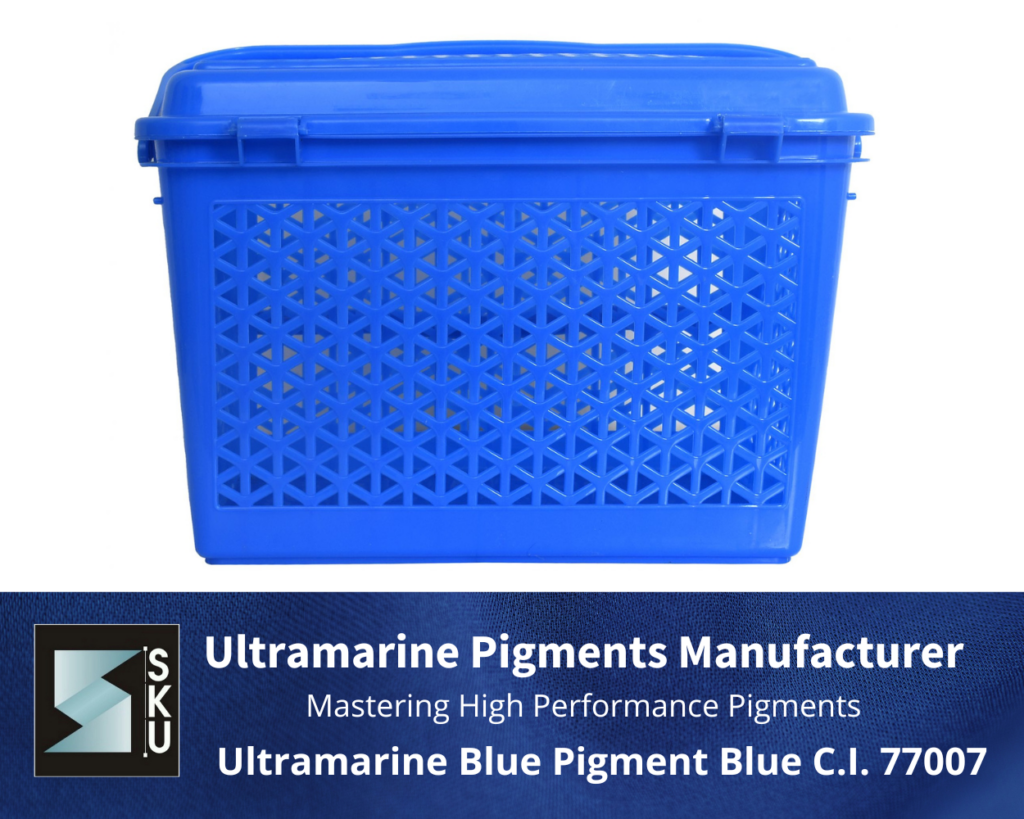
Ultramarine blue pigments have a captivating history that spans centuries, dating back to the times of ancient civilizations. Derived from the precious gemstone lapis lazuli, this exquisite blue pigment has been a symbol of luxury, beauty, and spirituality. Throughout time, it has evolved from being used exclusively in religious art to finding a place in various industrial applications. In this article, we will explore the rich history of ultramarine blue pigments, their traditional and modern manufacturing processes, their influence in art and culture, their industrial applications, eco-friendly innovations, and how they have become an essential part of everyday life.
The Origins of Ultramarine Blue Pigments
Ultramarine blue has its roots in Afghanistan, where lapis lazuli deposits were discovered over 6,000 years ago. The pigment obtained from this gemstone was considered more valuable than gold during the Renaissance era. Ancient civilizations, such as the Egyptians, Greeks, and Romans, cherished it for its rarity and stunning blue hue. However, obtaining the pigment from lapis lazuli was a laborious and expensive process, making it exclusively available to the elite.
The Traditional Manufacturing Process
In medieval times, the process of extracting ultramarine blue pigment was meticulous and time-consuming. Artisans ground the lapis lazuli into a fine powder, creating a paste with wax, resin, and oils. This paste was kneaded and then left to dry, after which it was repeatedly washed to remove impurities. The remaining pure pigment was collected, resulting in the mesmerizing ultramarine blue.
Evolution in Production Techniques
The demand for ultramarine blue grew, leading to innovative production techniques. In the 19th century, synthetic alternatives emerged, reducing the dependence on lapis lazuli. French chemist Jean-Baptiste Guimet developed a synthetic ultramarine blue, known as French Ultramarine, which offered a more cost-effective solution without compromising the brilliance of the color.
Ultramarine Blue in Art and Culture
Renaissance Masterpieces
Ultramarine blue dominated Renaissance art, with prominent artists like Leonardo da Vinci and Michelangelo incorporating it into their masterpieces. The pigment’s association with divinity and spirituality made it ideal for religious depictions.
Symbolism and Spirituality
Beyond the Renaissance, ultramarine blue continued to symbolize spirituality in various cultures. It was often used to paint the robes of deities and spiritual figures, representing transcendence and enlightenment.
Modern Art Utilization
In the 20th century, artists embraced the versatility of ultramarine blue, using it in abstract and avant-garde movements. Its ability to evoke emotions and create visual impact made it a favorite among modern painters.
Industrial Applications of Ultramarine Blue
1. In Paint and Coatings
Ultramarine blue’s lightfastness and stability make it a popular choice for high-quality paints and coatings, bringing vibrancy to artworks, automobiles, and buildings.
2. Plastics and Polymers
In the plastics industry, ultramarine blue pigments are employed to add color to various products like toys, containers, and electronic devices.
3. Textiles and Dyes
The textile industry benefits from ultramarine blue, as it is used to dye fabrics, creating eye-catching clothing and accessories.
Advancements in Eco-Friendly Ultramarine Blue
With environmental consciousness on the rise, researchers have developed eco-friendly production methods for ultramarine blue. These advancements aim to reduce waste and the environmental impact while maintaining the pigment’s exceptional qualities.
Analyzing Ultramarine's Perplexity and Burstiness
Ultramarine blue’s perplexity lies in its ability to evoke a wide range of emotions, from tranquility to strength, depending on its application. Its burstiness, on the other hand, refers to its capacity to create striking visual effects that immediately capture the viewer’s attention.
Utilizing Ultramarine Blue in Everyday Life
1. Home Decor and Interior Design
Ultramarine blue accents in interior design bring a touch of elegance and serenity to living spaces.
2. Cosmetic and Personal Care Products
Cosmetic manufacturers utilize ultramarine blue to create stunning makeup products, adding a pop of color to eyeshadows, nail polishes, and lipsticks.
3. Graphic Design and Printing
In graphic design and printing, ultramarine blue adds depth and visual appeal to logos, packaging, and advertising materials.
Caring for Ultramarine Pigments
To preserve the brilliance of ultramarine blue, proper care is essential. Art conservators and collectors take special measures to protect artworks containing this exquisite pigment from degradation over time.
Ultramarine blue pigments have a storied past and a vibrant present. From their origins in ancient civilizations to their widespread applications in the modern world, these pigments continue to captivate artists, industries, and consumers alike. As technology and eco-consciousness advance, the legacy of ultramarine blue is sure to endure, bringing color and creativity to future generations.


